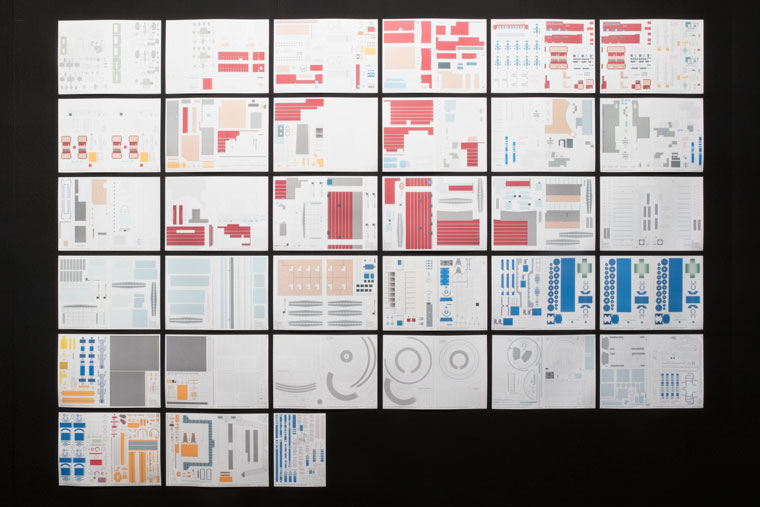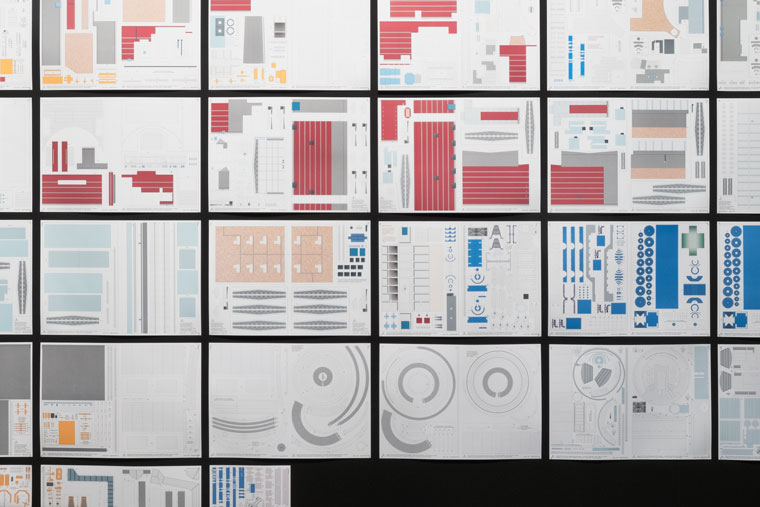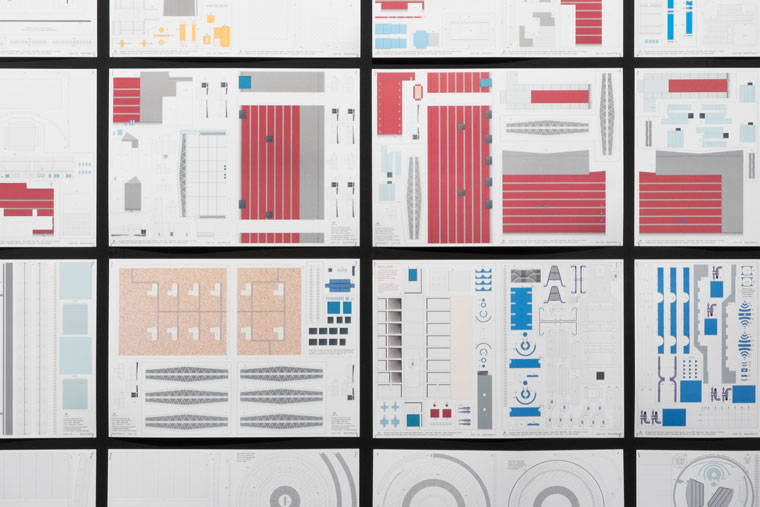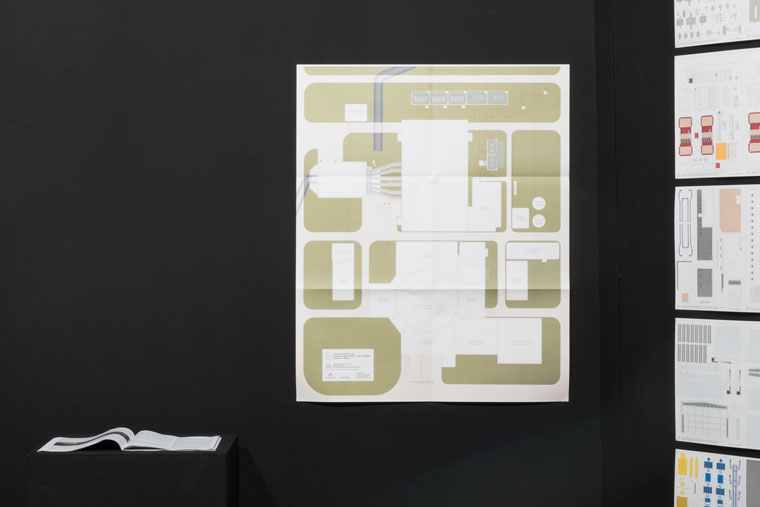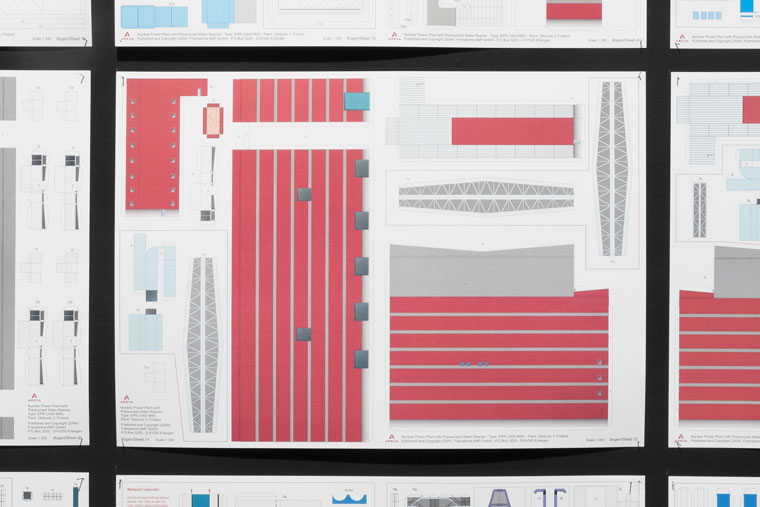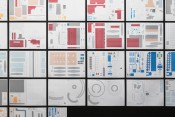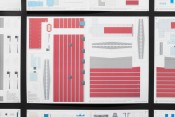Asynchronous VI
– The reactor
In February 2005 the Finnish cabinet gave its permission to build a new nuclear reactor – the first commissioned by a western country in 15 years – on Olkiluoto Island, on the shores of the Gulf of Bothnia. The construction started the same year, in July, next to two older nuclear power plants, called Olkiluoto 1 and 2.
The new reactor, Olkiluoto 3, should be the first EPR type of third generation in the world, which makes it a project of special importance for the french/german company Framatome, a joint venture of Areva and Siemens. By achieving this goal, Framatome aimed at new commissions in the future. Completion was optimistically planned for 2010.
Unfortunately things have not being running in their favour. In 2008 construction was stopped due to problems with the quality of the concrete. In 2009 Siemens withdrew from the joint venture, leaving Areva as the main contractor. According to Financial Times in December 2014 construction of the Olkiluoto plant has descended into farce as it is currently expected to open nine years late and several billions of euros over budget. Completion is now scheduled for 2018.
– The model
On the occasion of the start of construction, Framatome produced and published the NUCLEAR POWER PLANT TYPE EPR – CARDMODEL to build the reactor in scale 1:350 at home. This very detailed model consists of 3100 parts, printed on 32 sheets size A3, plus the “ground” in size A1. The 48 page instruction manual talks of “300 hours to invest in the building of very authentic reactor model”. The cardmodel is conceived as a marketing tool on several levels, serving to promote and raise acceptance for a still problematic technology – although you can hardly imagine a father or mother who spends 300 hours with his son or daughter on a quite abstract group of buildings.
On the cover of the package, Areva also tries to give the company a caring and friendly touch:
“Framatome will donate the net profit of the sale of this model for preservation and restoration of Vuojioki Mansion, built in 1836 near Olkiuoto, Eurajoki, one of the most prominent examples of Empire architecture in Finland”. It seems that Areva miscalculated costs and time not only to build the real reactor, but also its cardmodel. If one estimates the net profit of this sale and the costs of restoration, and considers the total amount to be spent on the reactor, one wonders about Areva’s reasons for producing this marketing stunt.
